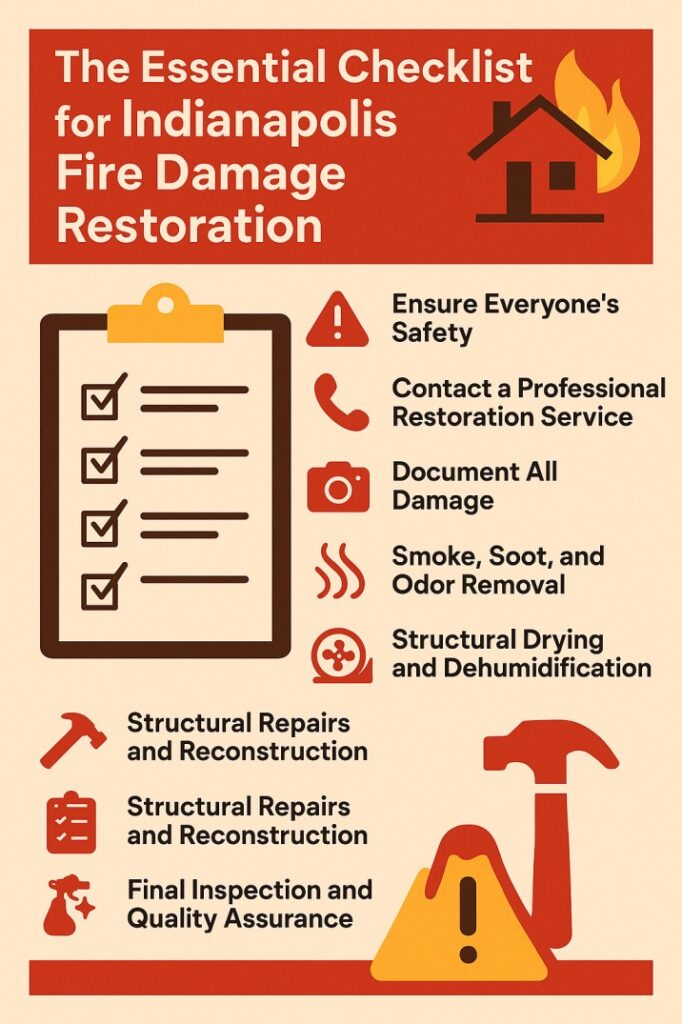Keeping a vehicle clean serves dual functions: maintaining its visual appeal as well as protecting its market value and operational performance. Providing spa treatment to your vehicle can also be considered a crucial step. Systematic car upkeep defends against permanent vehicle damage and helps your automobile present itself attractively.
Why Regular Car Washing Matters
Preserving Your Car’s Value
Attempting to offer a dirty car with accumulated bird droppings would destroy most chances of sale. Not a pretty picture, right? Checking the paint for damage becomes possible by removing all contaminants through regular washing. Cleaning your car provides increased investment protection, which enhances its market value throughout the years. And if you’re considering upgrading your driving experience even further, experience luxury on the road with a professional limo service.
Enhancing Safety Through Cleanliness
Having stained windows and mirrors makes your driving view unsafe because it blocks your vision. Headlights become less visible during night driving because of buildup on their surfaces. Proper maintenance of your vehicle helps you navigate better under all lighting conditions.
Essential Tools and Supplies for Car Washing
Must-Have Cleaning Products
You should begin by collecting all the necessary products. Your car washing process requires multiple products, from quality car shampoo for the body to wheel cleaner and glass cleaner and suitable interior cleaners based on your car’s materials. Household detergents should be avoided since they will remove protective wax and damage the paint.
Choosing the Right Equipment
The necessary equipment includes microfiber wash mitts and soft brushes together with a hose equipped with a spray nozzle and two buckets. A microfiber towel is an exceptional tool to dry your car without causing scratching damage. The appropriate tools increase both the efficiency and effectiveness of the work.
Preparing Your Car for Washing
Selecting the Ideal Location
Select an area that receives little sun exposure to dry your car properly. Direct sunlight when cleaning a vehicle makes soap water dry prematurely, which produces unappealing spots and streaks. Cleaning becomes much easier under shaded conditions because the quiet environment allows you to clean without external interference.
Pre-Wash Inspection and Steps
A careful visual examination should be your first step before using a water hose. You should inspect your vehicle for free or unstable elements while checking it for noticeable abrasions along with specific repair locations. Clear the interior by taking out personal items and secure all windows in a closed position. The preparatory tasks make up comprehensive car cleaning.
The Step-by-Step Car Washing Process
The Initial Rinse: Removing Loose Dirt
The first step consists of rinsing each car section from the highest point downward to the lowest. The preliminary rinse removes surface debris while saving the vehicle from scratching damage, which can occur during cleansing. A soft water flow will help prevent materials from entering the car paint.
Washing Techniques: From Top to Bottom
Progress systematically from the upper to lower sections of your vehicle, thus keeping dirty water from contacting already cleaned areas. The cleaning method prevents contamination of previously washed areas by debris.
The Two-Bucket Method Explained
The first bucket contains soapy water for washing purposes, while the second bucket contains only clean water you will use to rinse your mitt. Wash the mitt once again in fresh water immediately before placing it in the soapy solution. Using this method increases the chance of preventing soil and scratches from appearing on your car.
Cleaning the Wheels and Tires
Washing your wheels at last avoids transferring burnt residue to areas you have already cleaned. A professional wheel cleaner, together with a brush, enables effective removal of brake dust and road grime. Rinse thoroughly to prevent residue.
Rinsing Off Soap Residue
Complete the soap wash procedure by giving your vehicle a complete rinse until the soap is eliminated. All suds should be washed away because residual soap marks will appear when the car dries. The top-to-bottom water rinse completes the process by ensuring complete cleanliness.
Drying Your Car to Prevent Water Spots
A microfiber towel allows you to dry your vehicle starting from the highest part before moving toward the bottom. Tend the surface lightly to draw water while avoiding marks from scratching.
Advanced Detailing Tips for a Professional Finish
Clay Bar Treatment for Contaminant Removal
The surface of your car remains partially contaminated even after you wash it. A clay bar will extract these small particles, making the paint surface smooth before polishing begins. Before applying the detailed spray on the surface, you should carefully move the clay bar across the paint.
Polishing to Restore Paint Luster
The polishing procedure both removes small paint defects and recovers the gloss finish. A dual-action polisher combined with appropriate polish will help you achieve outstanding gloss when performed correctly. The car’s color obtains increased depth and clarity through this specific step.
Applying Wax for Protection and Shine
Your car’s paint benefits from wax since it creates a defensive coating that secures against UV rays and stops moisture absorption as well as keeps dirt off. Begin by placing wax onto the surface with an applicator pad, then allow the haze to form before removing it with a fresh microfiber cloth. Regular waxing applications maintain the freshness and gloss of your automobile.
Interior Cleaning: Don’t Neglect the Inside
Vacuuming and Dusting Techniques
The cleaning process begins by taking away floor mats and then performing complete vacuuming inside the vehicle’s interior. Reach difficult areas and spaces beneath seats with the attachments of your vacuum. A microfiber cloth should be used to dust off particles that lead to long-term wear on surfaces such as the dashboard and console.
Cleaning Upholstered and Leather Care
You should apply upholstery cleaner to fabric seats to eliminate stains and odors. The proper maintenance of leather upholstery calls for both a soft cleanser and a subsequent use of conditioner to protect the material from cracking while keeping it flexible. Before application, test new products in an area where the results will not be noticeable.
Dashboard and Console Maintenance
Wash the dashboard and console with a light cleaner through damp wiping while being cautious to steer clear of electronic damage. A detailing brush will efficiently clean both vents and other tight spaces.









